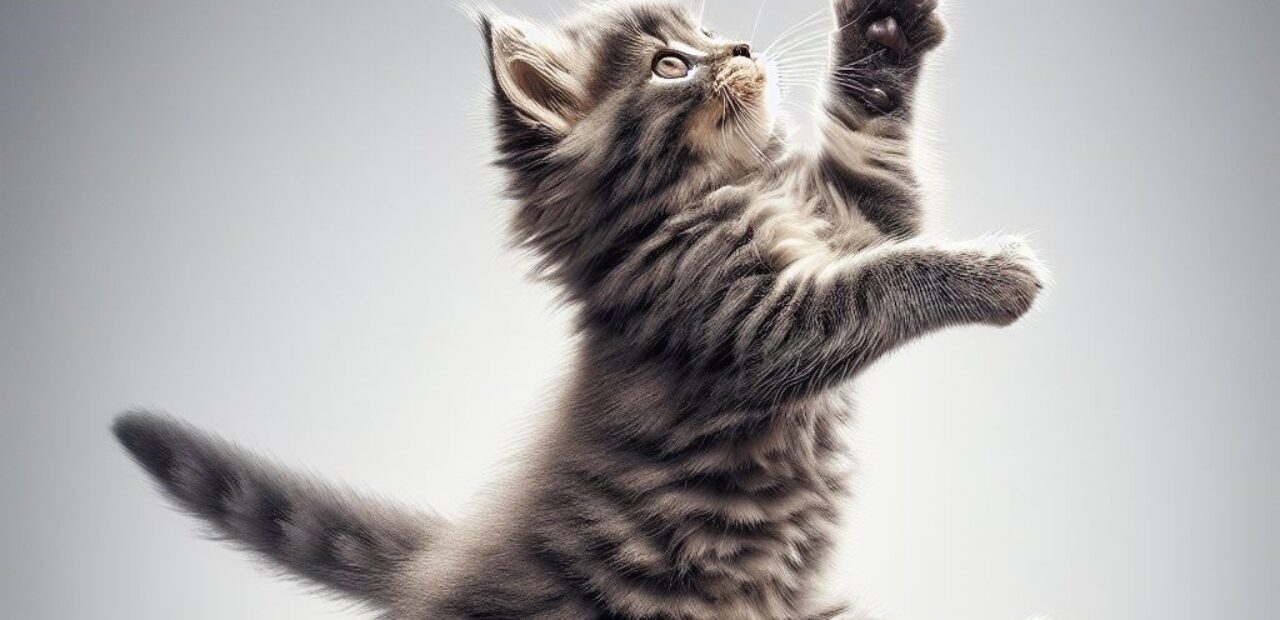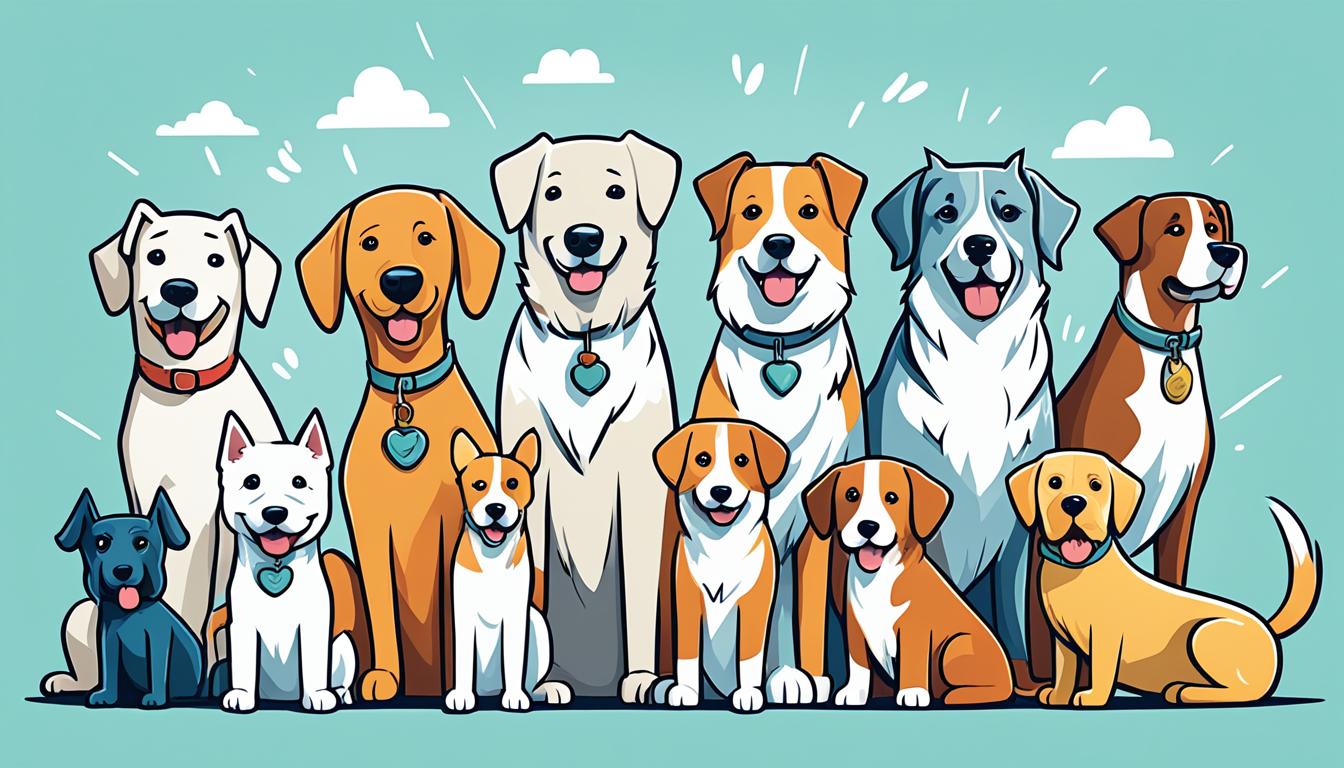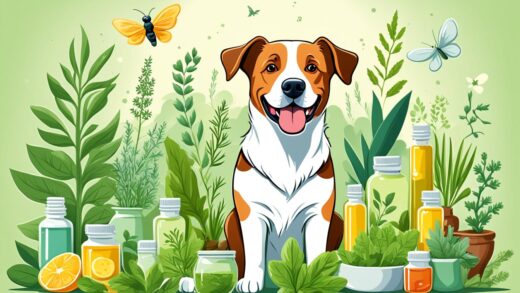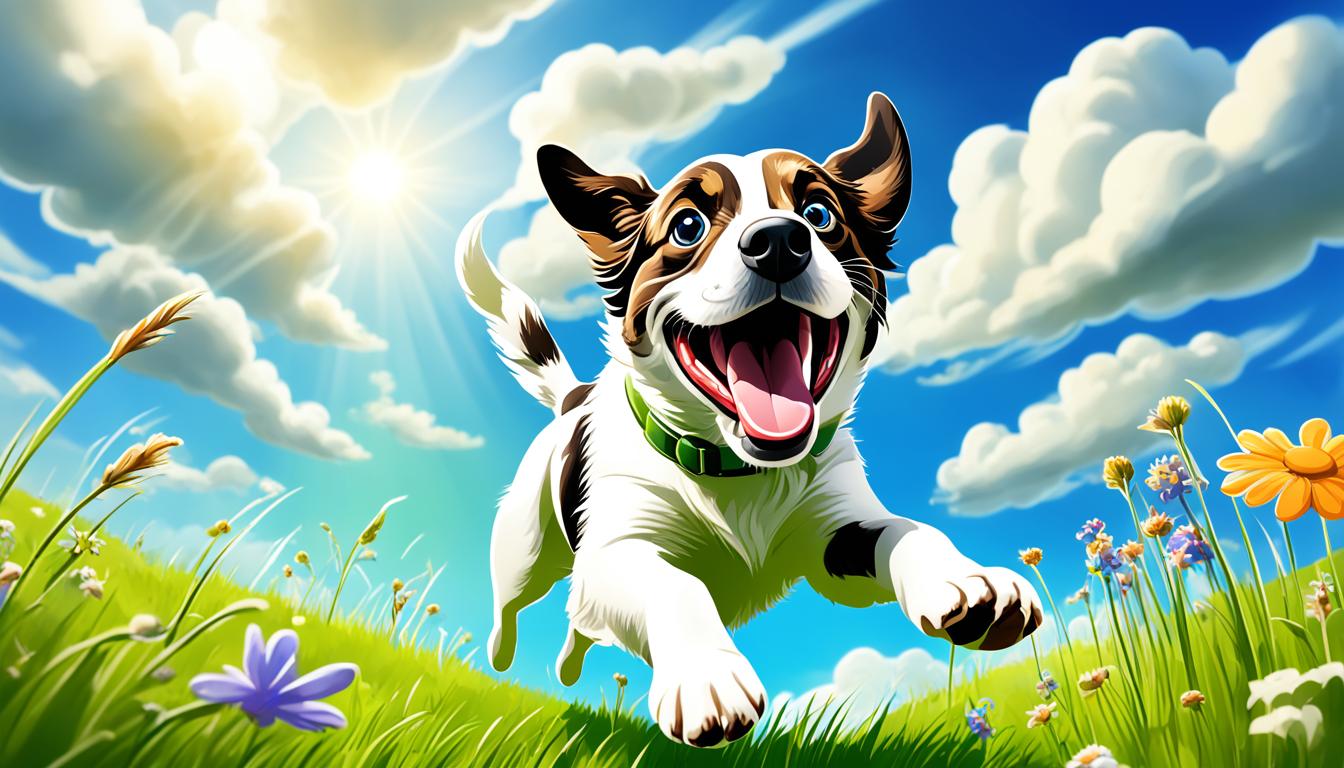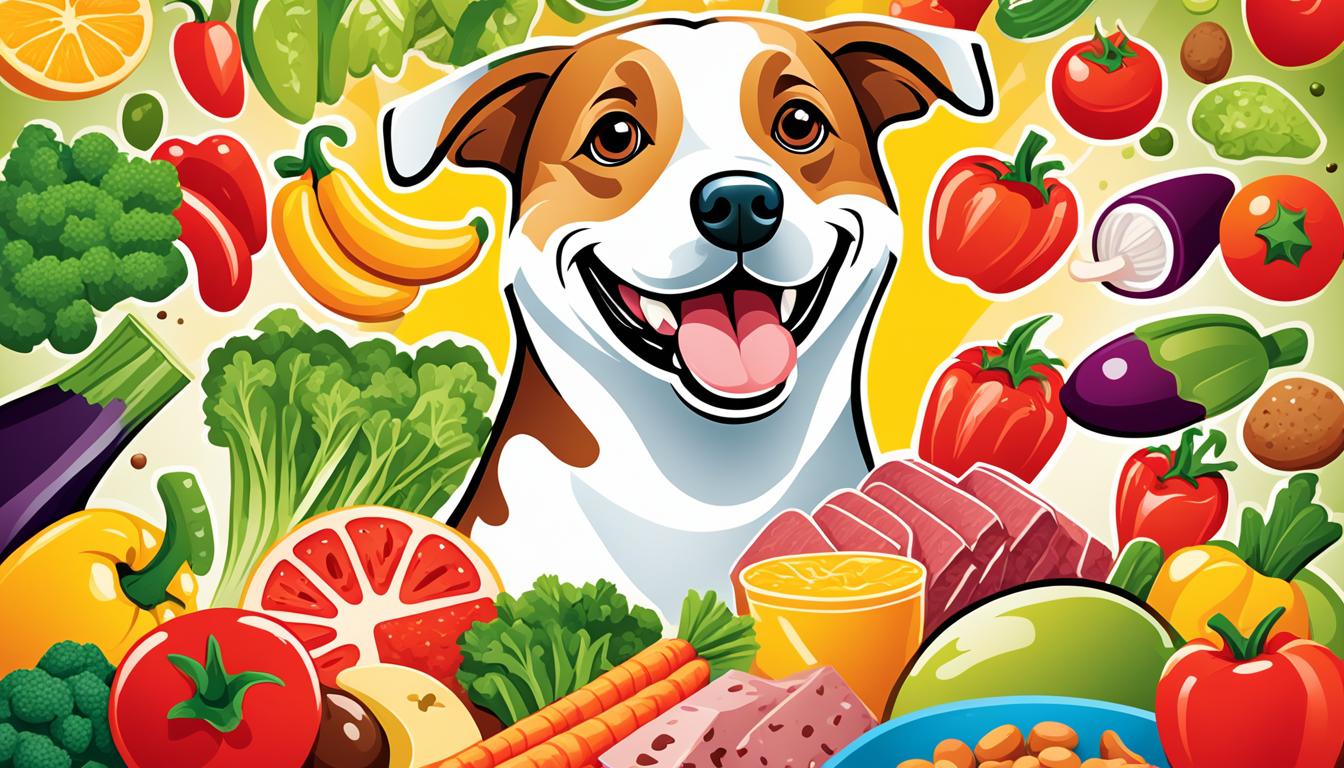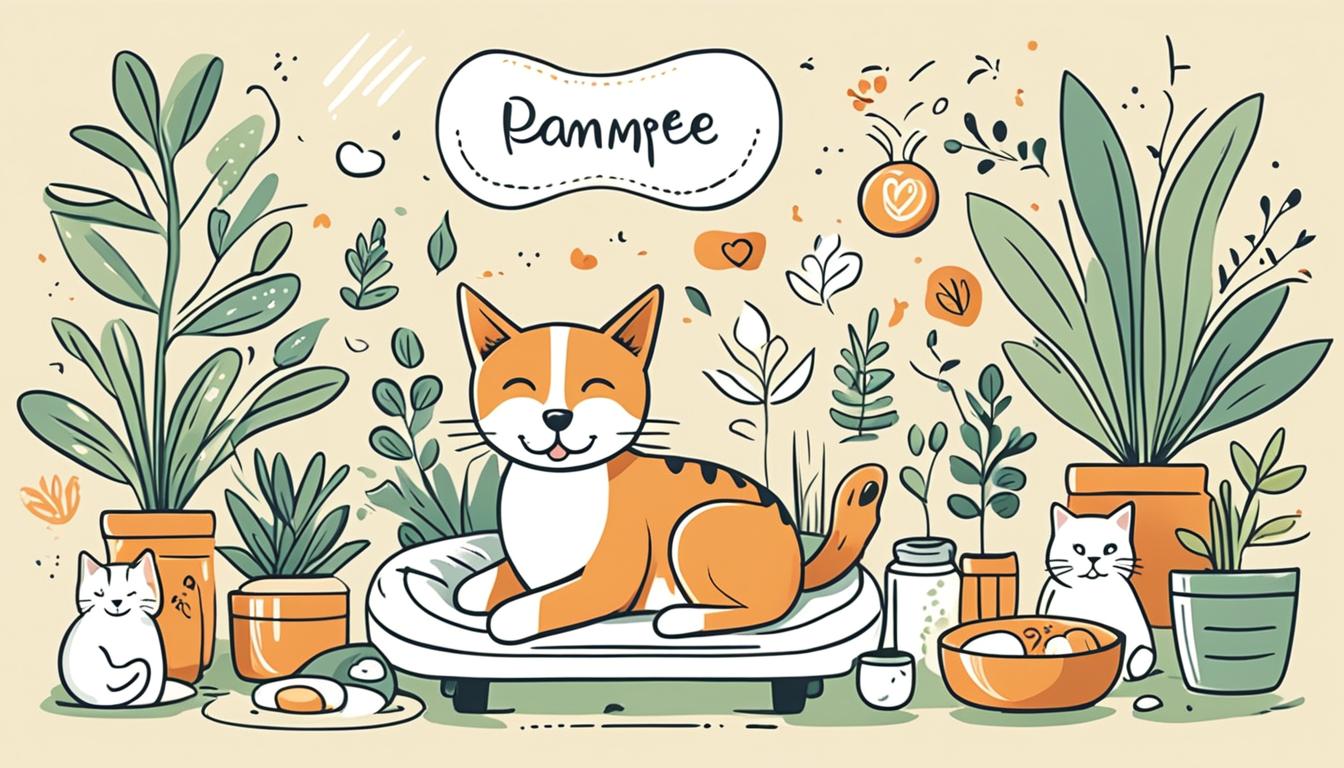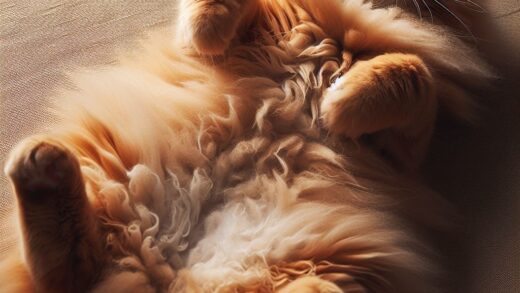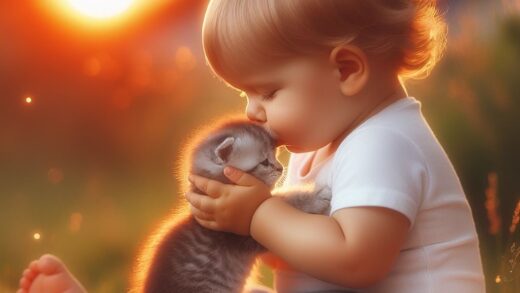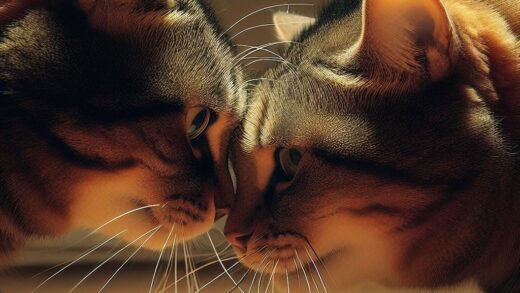Unveiling the Phenomenon of Cats’ Impressive Jumping Skills
Cats exhibit exceptional jumping abilities, leaping up to five times their body length. Their well-developed leg muscles and fast-twitch hind leg muscles provide explosive power for high jumps. Muscle strength, agility, and biomechanics contribute to their impressive feats. Understanding these factors enhances appreciation for their movements. Safety measures such as stable perches and cushioned landing spots are crucial. Cats with limitations may require adaptive strategies. Factors like muscle strength, flexibility, and genetics influence jumping skills. Further exploration into cats’ specialized anatomy and behavior will reveal more about their remarkable jumping prowess.
Key Takeaways
- Cats can leap up to five times their body length due to well-developed leg muscles.
- Fast-twitch muscles in hind legs provide explosive power for high jumps.
- Training techniques can enhance muscle strength and flexibility for improved jumping skills.
- Understanding biomechanics aids in appreciating the mechanics behind cats’ impressive jumps.
- Factors like muscle strength, flexibility, environment, training, and genetics influence cats’ jumping abilities.
Cats Impressive Jumping Range
Cats’ impressive jumping range showcases their remarkable physical prowess and agility. They can leap distances of up to five times their body length with ease, thanks to their unique jumping mechanics. Well-developed leg muscles, particularly fast-twitch muscles in their hind legs, generate the explosive power needed for high jumps.
Training techniques that focus on enhancing these muscles’ strength and flexibility can further improve a cat’s jumping prowess. Understanding the biomechanics behind cats’ jumps can aid in appreciating the intricacies of their movements.
Muscle Power and Agility
The remarkable muscle power and agility displayed by felines contribute significantly to their exceptional jumping abilities. Cats’ jumping mechanics rely on the development of fast-twitch muscles in their hind legs, providing explosive power for high jumps. This athletic training is evident in their ability to leap up to 5 times their body length, equivalent to a human jumping 7m-9m high.
Their agility enables precise movements, allowing them to navigate jumps onto various surfaces effortlessly. Cats’ lightweight bodies, coupled with well-developed leg muscles, facilitate vertical jumps of 1.5m-2m with ease.
Understanding the interplay between muscle power and agility illuminates how cats achieve their impressive jumping feats, showcasing their innate athletic prowess.
Safety Measures for High Jumps
Implementing appropriate safety measures is paramount to safeguarding against potential risks associated with high jumps by feline companions. Cats’ jumping techniques and the impact of height necessitate specific precautions to ensure their well-being. Here are essential safety measures to consider:
- Providing stable and secure perches for jumping.
- Placing cushions or soft landing spots at elevated areas.
- Avoiding placing hazardous objects near high jump locations.
- Regularly checking for any signs of physical discomfort or injury.
- Consulting with a veterinarian for guidance on safe jumping practices.
Challenges for Cats With Restrictions
Observing cats with restrictions in their jumping abilities reveals unique challenges that require tailored solutions to ensure their safety and well-being. Cats with limitations in jumping, such as Munchkin breeds with short legs or those facing health issues like arthritis, may struggle with typical feline behaviors.
To address these challenges, adaptation strategies and behavioral modifications are essential. Lower perches, support structures, and soft landing spots can aid cats with poor jumping skills. Indoor-only living might be necessary for their safety outdoors. Providing a safe environment with accessible amenities is crucial.
Factors Affecting Jumping Abilities
Factors influencing feline jumping abilities encompass a spectrum of physiological, anatomical, and environmental elements that interplay to determine a cat’s vertical prowess.
- Muscle Strength: Cats’ well-developed leg muscles, especially fast-twitch muscles, contribute significantly to their jumping power.
- Flexibility: The flexibility of cats allows them to maximize back muscle strength during jumps, enhancing their agility.
- Impact of Environment: The layout and features of the environment can influence a cat’s jumping behavior and capabilities.
- Training Techniques: Engaging cats in appropriate training activities can improve their jumping skills and coordination.
- Genetic Factors: Breeds may have varying natural abilities when it comes to jumping, affecting their overall performance.
Jumping Difficulties in Specific Breeds
Cats of certain breeds may encounter challenges when it comes to executing proficient jumps due to inherent physical characteristics. One breed that often faces jumping limitations is the Munchkin cat, known for its short legs. Due to their anatomical structure, Munchkin cats may struggle to jump as high or as far as other cat breeds with longer limbs. These jumping difficulties can impact their ability to access high perches or navigate vertical spaces easily.
Owners of Munchkin cats should consider providing lower perches and ensuring a safe environment with fewer high jumps required. Understanding the physical limitations of specific breeds like the Munchkin cat is essential for promoting their well-being and safety in the home.
Health Issues and Jumping Capacity
When considering the correlation between feline health issues and their jumping capacity, it becomes evident that various factors can significantly influence a cat’s ability to engage in vertical movements. Cats’ agility and power may be compromised by health conditions such as arthritis or obesity. Proper arthritis management and weight control are essential to support a cat’s jumping prowess. Additionally, aging can lead to decreased muscle strength, impacting their ability to jump effectively. Regular veterinary check-ups can help in identifying and addressing health issues that affect a cat’s mobility. Adjusting the living environment with lower perches or soft landing spots can assist cats with health-related jumping difficulties.
- Arthritis management is crucial for maintaining joint health.
- Weight control helps prevent obesity-related limitations in jumping.
- Aging can lead to decreased muscle strength affecting jumping ability.
- Regular veterinary check-ups aid in identifying and addressing health issues.
- Adjusting the living environment can assist cats with health-related jumping difficulties.
Supporting Cats With Jumping Disabilities
Supporting felines with impaired jumping abilities requires tailored environmental modifications and specialized care to ensure their safety and well-being. Cats with jumping disabilities, such as Munchkin breeds or those affected by arthritis, may benefit from jumping aids like ramps or steps to access elevated areas.
Assistive devices like harnesses can aid in mobility training techniques and physical therapy to improve muscle strength and coordination. Providing lower perches, soft landing spots, and limited access to high places can prevent injuries in cats with poor jumping skills. Veterinary guidance and regular check-ups can help identify underlying health issues impacting their mobility.
Ensuring a safe indoor environment and implementing support structures are crucial for cats facing jumping challenges.
Frequently Asked Questions
How Do Cats’ Jumping Abilities Compare to Other Animals in the Animal Kingdom?
In a comparative analysis within the animal kingdom, cats exhibit evolutionary advantages in jumping. Their exceptional ability, stemming from well-developed leg muscles and agility, outshines many counterparts. This prowess showcases feline supremacy in aerial maneuvers.
Are There Any Specific Training Methods to Improve a Cat’s Jumping Skills?
Training cats’ jumping technique involves using agility exercises, like hurdles and elevated platforms, to enhance their skills. Training equipment, such as cat trees and interactive toys, can aid in developing jumping prowess. Patience and positive reinforcement are key in improving a cat’s jumping abilities.
Can Cats Learn to Jump Higher With Age, or Does Their Jumping Ability Decline Over Time?
Cats’ jumping abilities can vary with age. While some may maintain or even improve their jumping technique through agility training, others may experience a decline due to reduced muscle strength. Individual factors play a significant role in their jumping prowess over time.
Do Different Cat Breeds Have Varying Natural Jumping Capabilities, or Is It Primarily Dependent on Individual Factors?
Breed differences in cats’ jumping capabilities are influenced by genetic factors like muscle structure and agility. Environmental influences and individual training can also impact a cat’s jumping prowess. Understanding these dynamics is crucial for optimizing feline agility.
Are There Any Unique Adaptations in Cats’ Bodies That Specifically Aid in Their Jumping Prowess, Besides Muscle Strength and Agility?
Cats’ exceptional jumping prowess is not solely attributed to muscle strength and agility. Evolutionary adaptations and neurological factors play a crucial role in their biomechanics. Genetic predispositions contribute to their remarkable ability, showcasing a harmonious blend of nature’s design.
